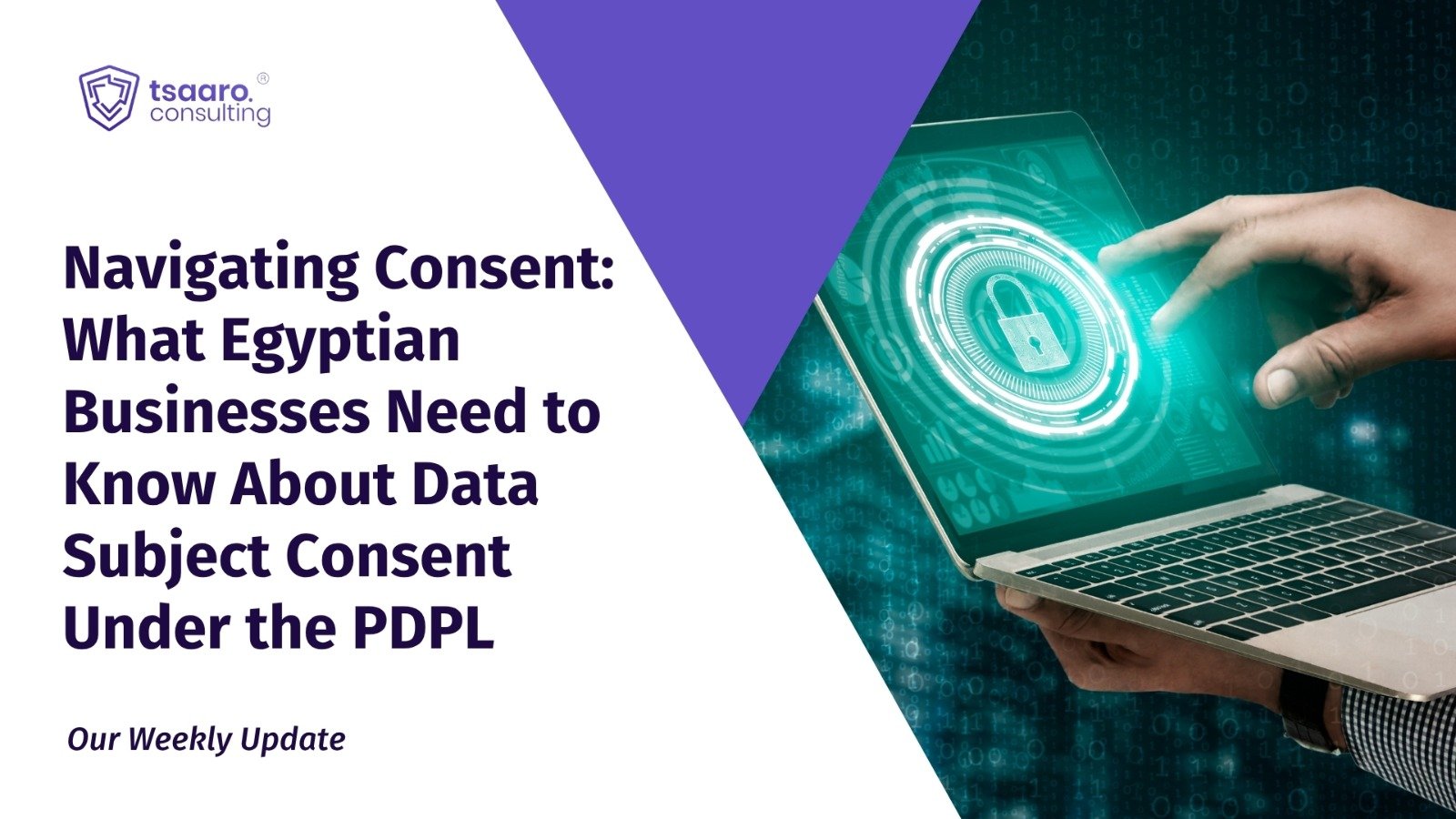INTRODUCTION:
Artificial Intelligence is becoming central to many aspects of our lives, with applications spanning health, education, finance, and more. As AI’s presence grows, it holds immense power to transform lives by creating new opportunities, but its rapid expansion also raises concerns, such as data bias and privacy issues. To address these challenges, the Organization for Economic Co-operation and Development (OECD) adopted the OECD AI Principles in its resolution OECD/LEGAL/0449. The OECD AI Principles were first adopted in 2019 to guide AI actors in their efforts to develop trustworthy AI and provide policymakers with recommendations for effective AI policies. In May 2024, adherents updated them to consider new technological and policy developments. These principles serve as guidelines to ensure that AI is developed and used in a responsible, safe, and trustworthy manner.
The OECD AI guidelines are categorized into two main sections. The first section, titled Responsible Stewardship of Trustworthy AI, outlines principles aimed at all actors involved in AI, whether in its development, deployment or use. The second section offers recommendations on National Policies and International Cooperation for Trustworthy AI, which assist governments in formulating policies that promote the responsible use of AI. This blog will explore the first part and examine its suggestions for AI development.
FOLLOWINGS ARE VALUES-BASED PRINCIPLES UNDER SECTION-1:
Inclusive Growth, Sustainable Development, and Well-being:
The first of these principles is that AI should be designed to ensure inclusive growth, sustainable development, and well-being for all. AI must contribute to improving the lives of everyone, not just a select few. It should be a tool that enhances human capabilities, unleashes creativity, and leaves no one behind. For example, AI will be able to support but not replace human beings. This will support doctors in the health sector in diagnosing patients, although the practice believes in AI to work with them in tandem, not replacement. Therefore, this collaboration of actions may lead to better outcomes for patients.
This principle also revolves around environmental sustainability. Artificial intelligence could contribute greatly to ensuring that the environment is preserved. For instance, AI could promote efficient management of natural resources, reduction of waste, and practices that are sustainable. This allows AI to contribute to human well-being over the long term under healthy and ecologically balanced circumstances, as a part of sustainable development.
Respect for the Rule of Law, Human Rights, and Democratic Values, Including Fairness and Privacy:
This is the second core principle toward the rule of law, to human rights, and to democratic values in the focus area of AI. It just means that AI development and use should uphold these principles by advancing society without impinging on rights and freedoms.
AI systems should be designed in such a manner that discrimination is avoided and an equal opportunity is given to everybody. For example, AI systems should not further any kind of bias or stereotype, but rather eliminate those already in existence. For example, in recruitment and selection processes, AI should be discriminately designed not to give undue advantage to one candidate over another based on irrelevant features such as gender and race. Freedom and dignity also come into play with AI. AI systems must respect the autonomy of individuals in a way that permits them to exercise their free choices without very significant AI influence. For example, AI should not be utilized to invade the privacy of individuals or misuse their private data. Data are carefully handled, conforming to all laws and regulations in this regard.
AI actors should respect transparency and explainability in all the processes of the lifecycle an AI system goes through. Examples might include human supervision to decrease the risk that the AI could be used in unauthorized or intentionally harmful ways. These safeguards will be necessary to foster trust in AI and to promote its consistency with democratic values and human rights.
Transparency and Explainability:
This third principle seeks to ensure that AI actors give clear and meaningful information about the AI systems. One can see here how transparency is very key to having trust in AI and for the responsible use of AI. The information that AI Actors provide shall be aimed at helping people understand AI Systems, including their capabilities, and what they can and cannot do. It is thus essential that the public have clear expectations on the potential and limitations of AI in order for it to be put to appropriate use. For example, it must be known to users that AI is not perfect, and sometimes, especially in weighty life decisions, some mistakes might occur.
Further, people should know when AI systems come into their dealings, even at work. If the individual is aware of the presence of AI in an interaction, then he/she will know how to react. For example, if an AI system is going to make decisions that affect an employee’s job, then the employee should be forewarned and have a chance to understand how those decisions are made.
It is of equal importance that the information about how AI systems make their decision logic be stated clearly and understandably: sources of data; factors used in decision making by AI; and processes and logic used in making decisions by AI. For instance, in the case of an AI system that makes product recommendations, there should be transparency in how the system makes these recommendations. Such transparency enables people to understand and, therefore, trust AI systems and feel that they are subject to fair treatment.
Robustness, Security, and Safety:
The fourth principle highlights the necessity of making AI systems robust, secure, and safe. AI systems, in essence, must be engineered such that there is reliable action amidst a variety of circumstances, be it normal use, foreseeable misuse, or surprises. The properties of an AI system have to be robust, secure, and safe in order to maintain public trust and prevent harm.
AI robustness can be defined as the property of an AI system in such a way that it allows for various inputs and operates in various conditions but does not break down and cause harm in unintended ways. For instance, a robust AI system in self-driving cars will be responsive under different road scenarios, weather conditions, and with unplanned obstacles, all geared at getting to the envisaged destination without causing an accident.
This is, again, another area where this principle is very critical: security. Security to AI systems has to be offered against mischievous attacks and unauthorized access. For example, AI systems are used to process transactions within financial institutions. There should be security in place to make sure there is no hacking and thus possible data breaching, which might have adverse serious impacts on both the lives of individuals and the entire economy. Safety is linked with robustness and security.
Any control mechanisms that exist should allow the system to be overridden, repaired, or safely shut down. For example, in a case where the performance from an AI system is unpredictable, there should be a possibility to shut down the system or correct its behavior in order to avoid damage. Furthermore, the integrity of information processed by AI systems should be maintained to be accurate and reliable while at the same time respecting freedom of expression.
Accountability:
This fifth principle elaborates on the accountability to be followed in the phase of developmental and while using the AI system. AI actors shall be liable to ensure that the AI systems work well and in accordance with the above principles. Accountability means taking complete responsibility for AI systems to work effectively throughout their lifecycles. This also means being responsible for the harm caused by AI systems and making good with remedial action. For example, in case an AI system causes harm due to a malfunction or error, the ones responsible for that system need to be held accountable and should act to fix it.
It means tracking a clear record of the data, processes, and decisions produced by the AI-based system throughout its lifecycle. This traceability enables the analysis of AI outputs and in responding to questions on how decisions were made. For example, the ability to trace mechanisms through which the state of decisions has been brought about might be very instrumental if an AI system happens to be used to present evidence or to judgment in a case in the court of law, hence ensuring full review for truthfulness as well as fairness.
CONCLUSION:
The OECD AI Principles provide a comprehensive framework to guide the responsible development and use of AI. By emphasizing values such as inclusive growth, respect for human rights, transparency, robustness, and accountability, these principles aim to ensure that AI serves the greater good while mitigating potential risks. As AI continues to evolve, adherence to these guidelines will be crucial in fostering trust, promoting fairness, and ensuring that AI systems enhance human capabilities without compromising ethical standards. The ongoing commitment to these principles will help navigate the complex landscape of AI, ensuring its benefits are widely shared.










